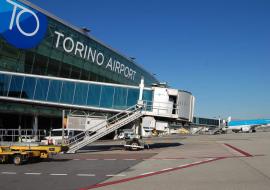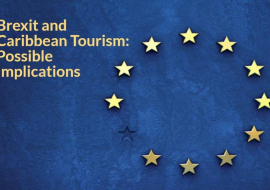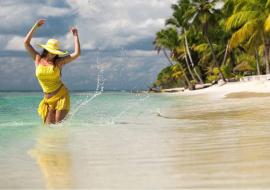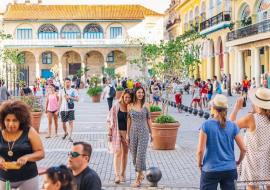Central America walks out of tourist quagmire
Central America, a region that was pounded hard by the aftermath of the 9/11 terrorist attacks in the U.S., is now beginning to bounce back, according to a research study revealed by the World Trade Organization (WTO).
This view was confirmed by other sources such as Guatemalan Minister of Foreign Affairs Edgar Gutierrez, the Guatemalan Tourism Institute, the Salvadoran Tourism Corporation and Panama’s Travel Agencies Association.
Guatemala was one of the region’s nations where the leisure industry sang the blues louder. In this country, holder of the so-called Mayan Route, the terrorist attacks occurred two years ago had significant ripple effects on the travel demand, Mr. Gutierrez pointed out.
In the face of sliding global earnings, tourist execs from Guatemala, El Salvador, Honduras, Nicaragua and Costa Rica hurled a common strategy entitled “Central America: So Small… So Big,” that eventually lured travel agents and tour operators.
Central American nations are boasting bigger attractions and the leisure industry in Guatemala has turned out to be the country’s number-one income source, the local tourism institute confirmed.
A similar trend was seen in El Salvador and Manuel Aviles, chairman of the nation’s Tourism Corp. explained the crisis that hit his country was coupled with the attack to New York City’s Twin Towers and the two major earthquakes that shook this neck of the woods in January and February 2001.
Back in 2002, Salvadoran tourism generated $342 million worth of revenues and it had made $202 million so far this year, Mr. Aviles indicated.
Nicaragua is also plodding to a slow-burn recovery after leaving behind the severe crisis triggered by 9/11. And in Costa Rica, Foreign Trade Minister Alberto Trejos recognized the nation’s tourist flow –made up mostly of American travellers- was virtually cut off.
Panama, a highly traditional tourist destination marked by world-class Contadora Island and its indigenous territories, pushed for a successful campaign based on direct sales through European tour operators.
Aida Quijano, chairwoman of the Panamanian Travel Agencies Association, bore out the estimates that point to a possible crack of the one-million-visitor plateau. She warned, though, that Central America is still hitting a few snags along the way that hamper the travel industry, like visa backlogs and meager commissions paid by airlines.
The WTO believes Central American nations could rebound even higher because the region is blessed with huge natural and ecological resources, with sites that have been declared Heritage of Mankind by UNESCO and with great sun-and-beach areas that certainly pack a wallop in the European market.













